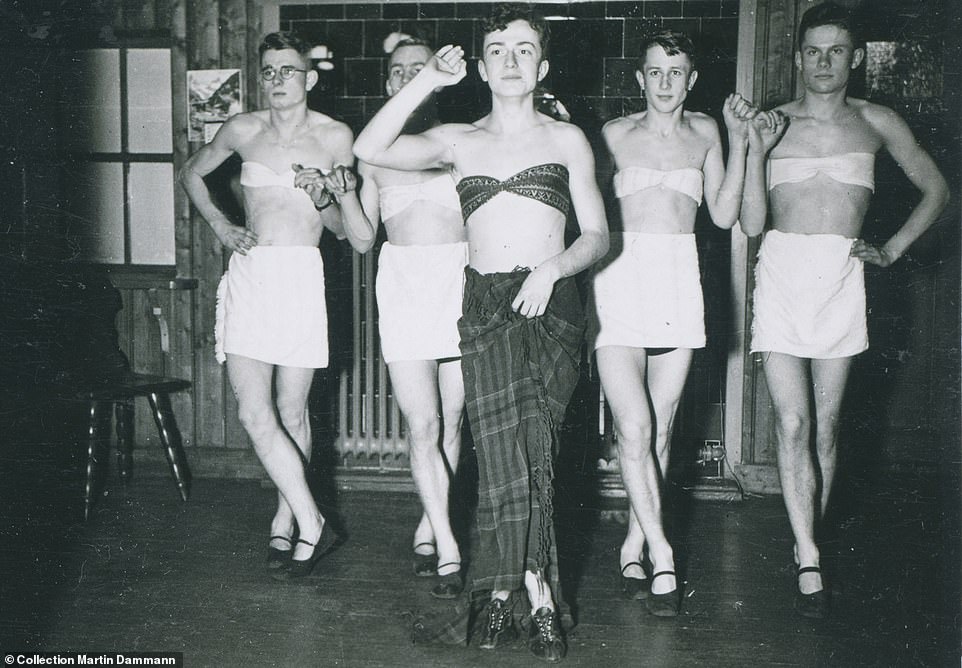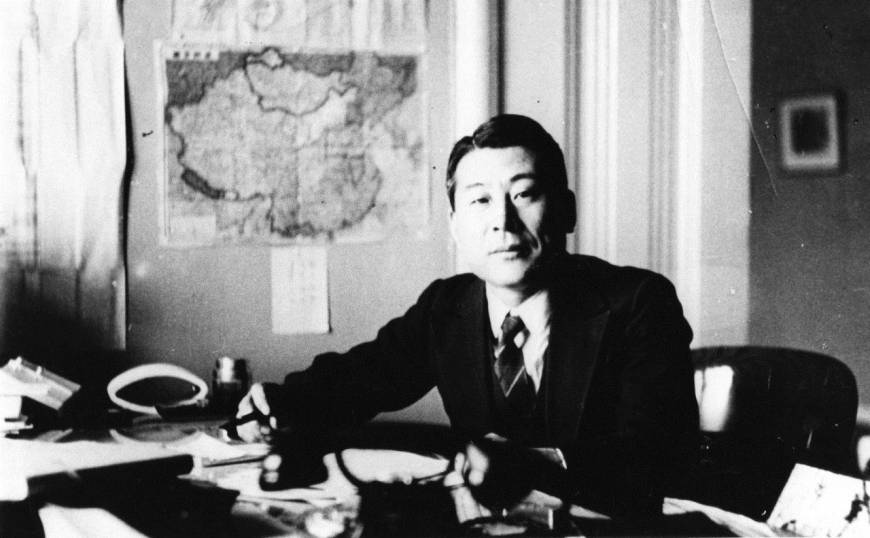
Pictured above is an image of a figure sitting idly by a river, looking out to the small waterfall directly ahead and the mountains that tower in the distance. You wouldn’t think there was anything interesting about this painting, its just another landscape. In fact, you likely don’t even recognize this painting or can pin it to a particular artist and era. There is good reason for that. This quaint little landscape was painted by Adolf Hitler.
It’s common knowledge that before Hitler became a ruthless dictator, he dreamed of becoming an artist. But his dreams would not come into fruition because he was rejected from art school (twice, in fact in 1907 and 1908). After both rejections, he would continue to drift from commission to commission just to get by before voluntarily enlisting in WWI, which would be when he abandons his artistic pursuits for good. Writing about his experience in his notorious Mein Kampf, it seems he felt genuinely shocked by his failure in joining the Vienna Academy of Fine Arts, writing that it felt like a “bolt out of the blue.” But why was Hitler rejected from art school in the first place?
According to one of the members of the school’s admission board, Christian Griepenkerl, Hitler’s drawings during the examination process were, simply put, “unsatisfactory.” More specifically, his lack of emphasis or passion in drawing people would have played a huge factor in his rejection. The quality of art according to Academic Academies was determined by both talent and the subject of the painting. Historical paintings were the most prestigious, followed by portraits, genre paintings, landscapes, and at the bottom, still-lifes. Stories of people and classical depictions of the human form were held to the highest regard, and the board felt as though Hitler was uninterested in people and putting a focus on the human body, and that was very much true. Most of Hitler’s paintings are of landscapes and buildings, and the academy wanted students who could draw people. They did however, say that Hitler was very skilled in drawing architecture, and recommended that he should consider applying to the academy’s architecture program, but as we all know, he never would.

A popular question posed when discussing the history of World War II is if events would have played out the same way had Hitler been accepted into art school and become a successful painter. It’s hard to give a definitive answer to that question, but Hitler’s extremist, nationalist ideals were already getting molded in his mind in his teenage and early adult years. Hitler would abandon his humble career as an artist, taking commissions from a small but loyal customer base (most of whom were Jewish), and voluntarily enlist in World War I to fight for German victory. His artistic pursuits would then be put aside to rise in the ranks of the German army and then government, leading him to become one of history’s most evil men.
His two failures as an artist definitely contributed to the dictator’s hatred of other artists, especially modern artists, whose work he labeled anti-German and Jewish. Artists whose works he deemed “degenerate” were persecuted, fired from their jobs, and humiliated. The Degenerate Art Show for example, aimed at artists and movements Hitler despised, was put on next to the Great German Art Exhibition, which displayed more classical and realistic pieces that Hitler liked.
Hitler’s pride, bitterness, and hatred would ultimately be what makes him fail as an artist, not his rejection from art school. Many artists throughout modern history often didn’t see success until later in their lives, or years after they pass, and yet, Hitler felt as though an artist like him should see that success immediately. Handling rejection is another huge facet that artists have to be able to deal with to survive, and yet, Hitler couldn’t handle it, channeling his bitter feelings regarding rejection into persecuting other artists and even the Jewish people who made up his customer base. While artists who were unsuccessful during their lifetimes, like Van Gogh, would be remembered as influential art masters, Hitler definitely won’t be. The dreams he carried to be an artist throughout his whole life were crushed when he chose to commit some of the worst crimes against humanity for fleeting glory.







